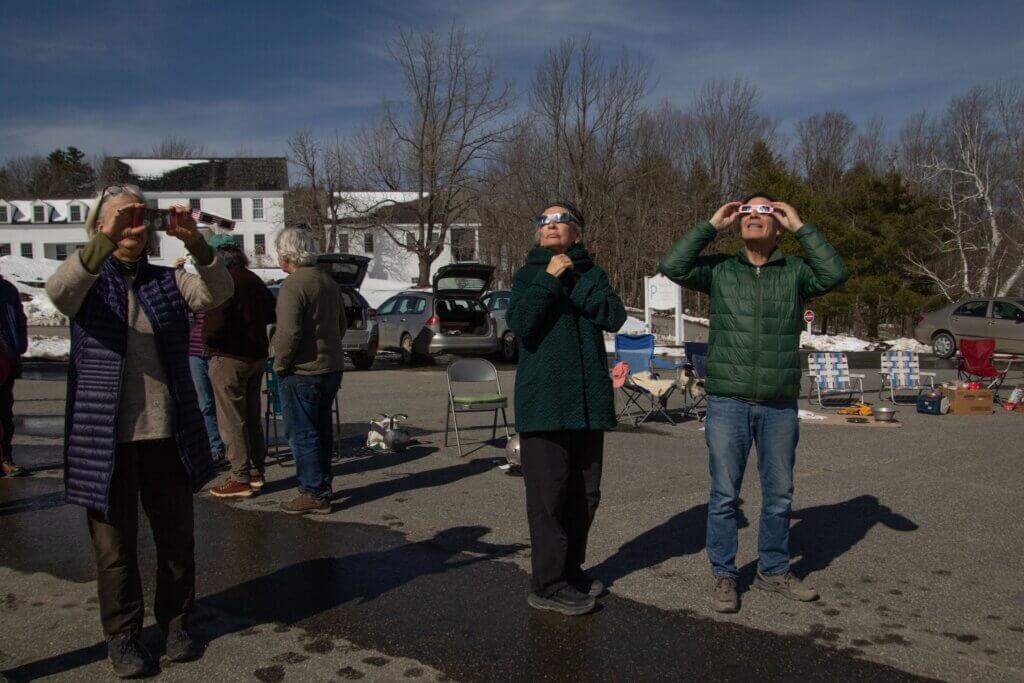Tame the Creative Mind During Meditation
August 2016. Northern New Mexico. I was deep into a five-day silent meditation retreat, surrounded by quaking aspens, mountain air, and breathtaking wilderness. But my brain wouldn’t shut up. I couldn’t tame my creative mind. On the outside, I was the picture of calm.
Inside? A storm of ideas.
Blog post concepts. Fresh angles on my facilitation process. Insightful links between my retreat experience and my ikigai, my reason for being.
Each idea was a gift. And a distraction.
I wanted to grab a pen. If I didn’t write them down, they’d vanish. But that wasn’t why I was there. I wasn’t supposed to be brainstorming. I was supposed to be meditating.
This was a problem.
It took me nine years to solve it.
Meditation Is Tough
Like many people, I’ve struggled to maintain a meditation practice. Lately, I’ve done better—I recently marked a full year without missing a day. But the process itself is hard.
Notice your thoughts. Let them go. Return to your breath, your body, bringing yourself back to your center, the present moment. Repeat, endlessly.
It’s Even Tougher for Creatives
I suspect that mediation is even more difficult for creative minds. Ideas don’t just drift in—they barge in, waving their arms.
Each time a creative idea arises, I face a dilemma:
- Do I break my meditation to capture it?
- Or do I stay still, let it go, and risk forgetting it entirely?
At multi-day silent retreats, you’re sometimes allowed a short meeting with a retreat leader, your only chance to speak. So, in New Mexico, I used mine to ask for help.
I explained my dilemma. I don’t remember what he said. But I remember this: it wasn’t helpful.
Since then, I’ve asked other experienced meditators. No luck.
If I were going to solve this problem, I’d have to solve it myself.
The Creative Mind Hack That Finally Helped
Creative ideas don’t just ambush me during meditation. They also arrive when I’m daydreaming—walking the dirt roads near my home, taking a shower, relaxing after work.
And daydreaming, interestingly, looks a lot like meditating. From the outside, it’s hard to tell the difference.
This reminds me of the apocryphal IBM story:
That story lingered in the back of my mind. Then, during a recent meditation session, a new idea popped up—ironically:
What if I just scheduled a “creative daydreaming” session before I meditated?
Meditation helps me surface good ideas. But what if I gave myself space to harvest them first, before trying to let them go?
So I experimented.
- I sat quietly for 10 minutes, with the intention to daydream.
- When a useful idea surfaced, I paused, captured it, and then resumed.
- Only after that did I begin my formal meditation.
And the result?
Daydream First, Meditate Next.
When I do this—when I daydream first, then meditate—I notice far fewer creative interruptions during meditation.
It doesn’t work every day. On weekday mornings, I often meditate early with my wife, and I can’t always carve out daydreaming time beforehand.
But when I meditate later in the day, I do.
And yes, it helps. A lot.
Does This Work for You?
I wonder if others have tried this. Has anyone else found that deliberately daydreaming before meditating tames the creative flood?
Does it reduce that internal tension between insight and presence?
It has for me. I’d love to hear whether it works for you too, and whether you’ve discovered any additional tricks for balancing creativity with stillness.
Feel free to share your experience in the comments.


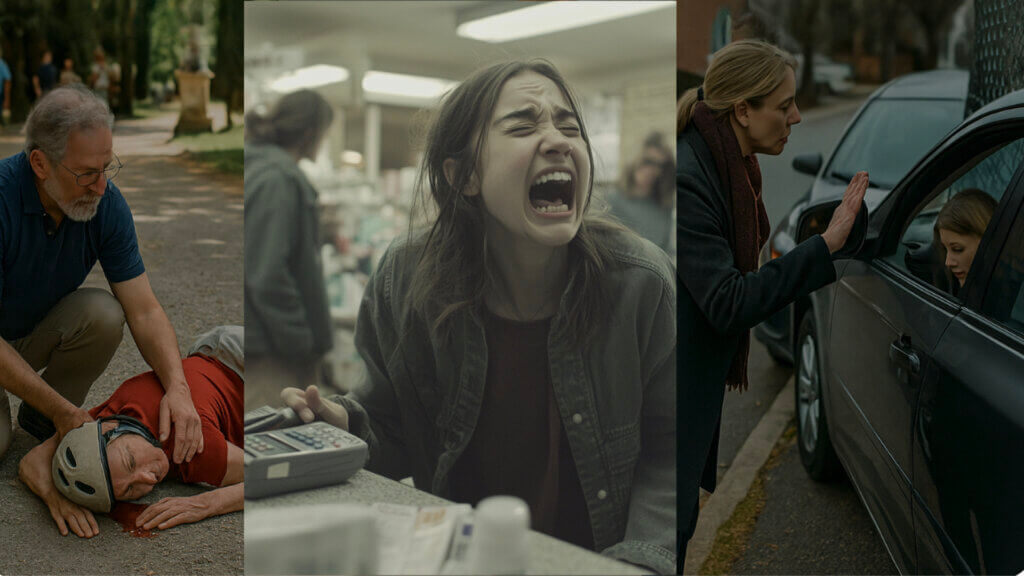 In the last eighteen months, I’ve unexpectedly found myself in three very different situations, in three very different places, helping complete strangers in distress. None of these moments lasted more than ten or fifteen minutes. But each one left me shaken, reflective, and—somehow—grateful. Here’s what happened.
In the last eighteen months, I’ve unexpectedly found myself in three very different situations, in three very different places, helping complete strangers in distress. None of these moments lasted more than ten or fifteen minutes. But each one left me shaken, reflective, and—somehow—grateful. Here’s what happened.  I recently came across the poem Sacred Ground, by
I recently came across the poem Sacred Ground, by 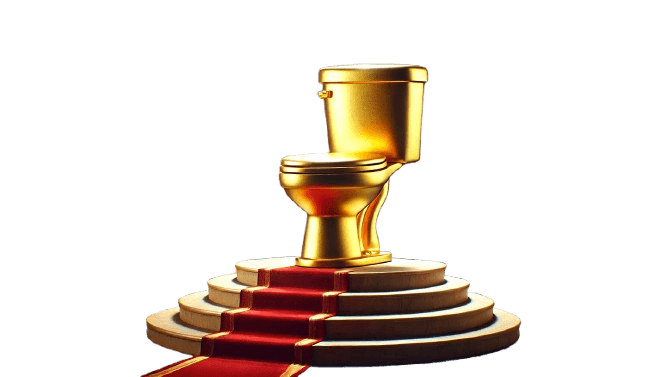 In 2023, I published a widely-read post about
In 2023, I published a widely-read post about 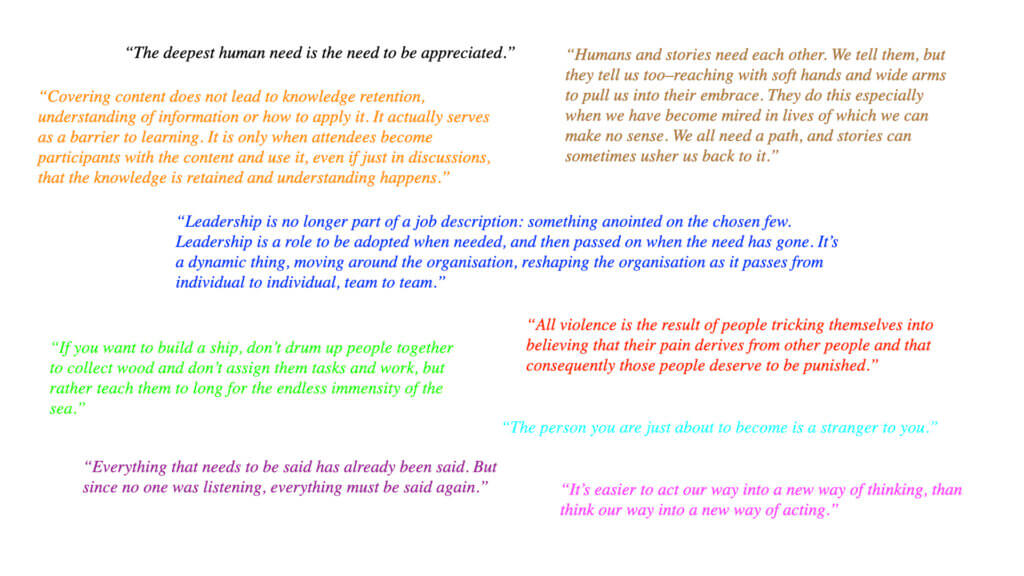 Here are nine old and new snippets of wisdom that spoke to me at some point in 2024. And a bonus at the end…
Here are nine old and new snippets of wisdom that spoke to me at some point in 2024. And a bonus at the end…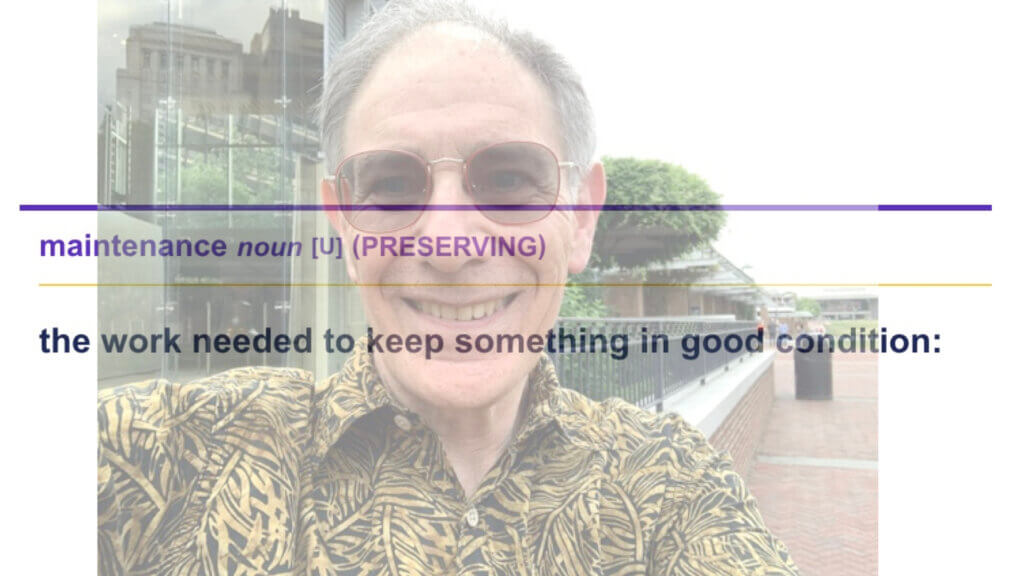
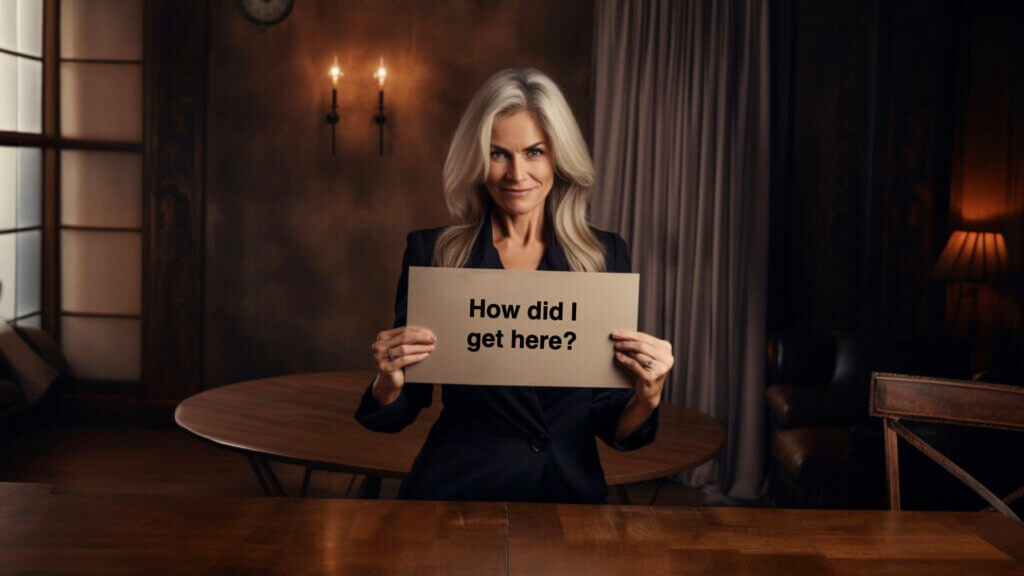

 I’m a proponent of paying it forward.
I’m a proponent of paying it forward.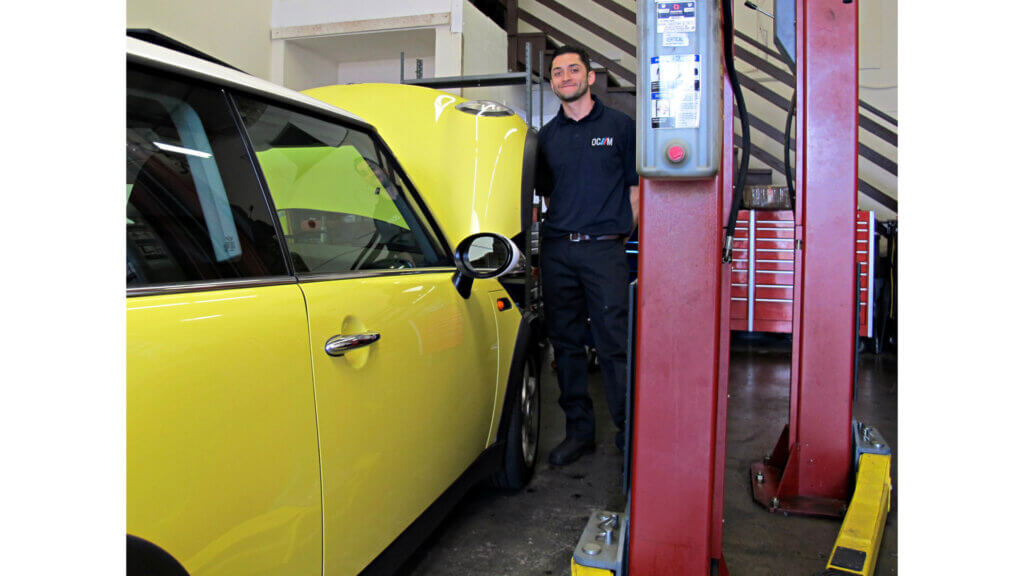
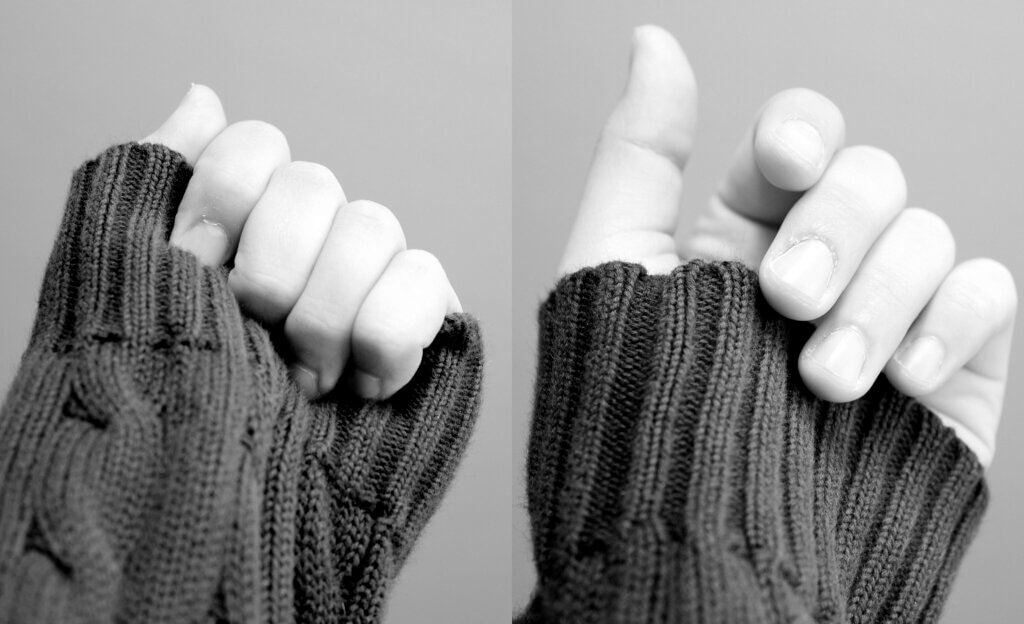 Recently, I’ve been practicing what
Recently, I’ve been practicing what 